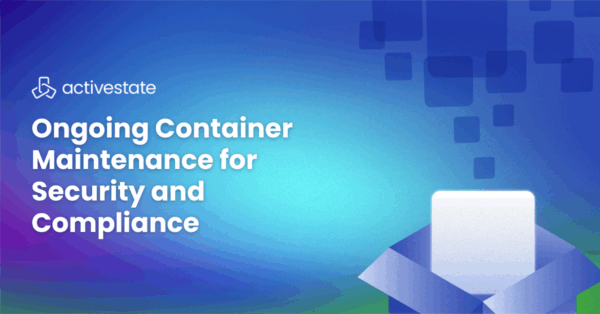Anaconda Charges for Python, now what? Replace Anaconda or Pay Up?
If you’re working on data science or machine learning projects, which are the primary focus for Anaconda, there’s a lot to like about the Anaconda offering, especially at higher paid tiers that support many of the kinds of security and governance features enterprises require. But if you’re not ready to take the plunge and pony up at least $10K for a Starter package, you’ll need to come up with $149/seat/year in order to be in compliance with Anaconda’s terms of service.
That price tag basically gets you access to the Anaconda ecosystem, including their distribution, their repository and the Conda package manager for managing your installations. But there are other sources of Python that provide their own Python ecosystem similar to Anaconda’s, such as those from the Linux vendors. This blog post compares Anaconda to the ActiveState offering.
ActiveState vs Anaconda
In many ways, the ActiveState ecosystem resembles the Anaconda ecosystem on a feature for feature basis, but the differences lie in the details:
| ActiveState $0/year | Anaconda $150/year | |
| Pre-built Distributions | Multiple ActivePython distributions | Anaconda/ MiniConda |
| Package Manager | State Tool (still in Beta) | Conda |
| Repository | ActiveState Platform Catalog | Anaconda Repository |
| Build Tooling | ActiveState Platform: automated cloud-based builds | Conda-Forge: local, manual builds |
| On Premise Offering | No | No (on prem repository available at $10K/yr tier) |
| Multi-language Support | Python + Perl + Tcl | Python only (R is available at $10K/yr tier) |
| Per Package Vetting | Hundreds of the most popular packages vetted for commercial use | None (signed packages are available at $10K/yr tier) |
| Single Sign On | Sign in with GitHub | Requires local implementation of RedHat’s Keycloak IAM solution |
| Native Virtual Environments | Yes | Yes |
| Dependency Resolution | Solve and suggest conflict solutions | Solve and warn |
| Development Pricing | Free | $150/seat/year |
**Note: June 21, 2021 onwards we’ve changed how we distribute, license, and price our products and services. View our pricing page for the latest information about the different tiers.
Conclusions
Despite introducing the ActiveState Platform only a few years ago, ActiveState already offers many of the features Anaconda has been building for the past decade. But ultimately, whether you switch or pay will depend on your needs and budget.
Before you decide, it may be worth taking a closer look at the alternatives:
- Learn more about the commercial support advantages of ActiveState compared to Anaconda
- Test drive the free ActiveState for Anaconda Users distribution, which contains a version of Python 3.8 and the majority of packages found in the Anaconda Individual Edition:







